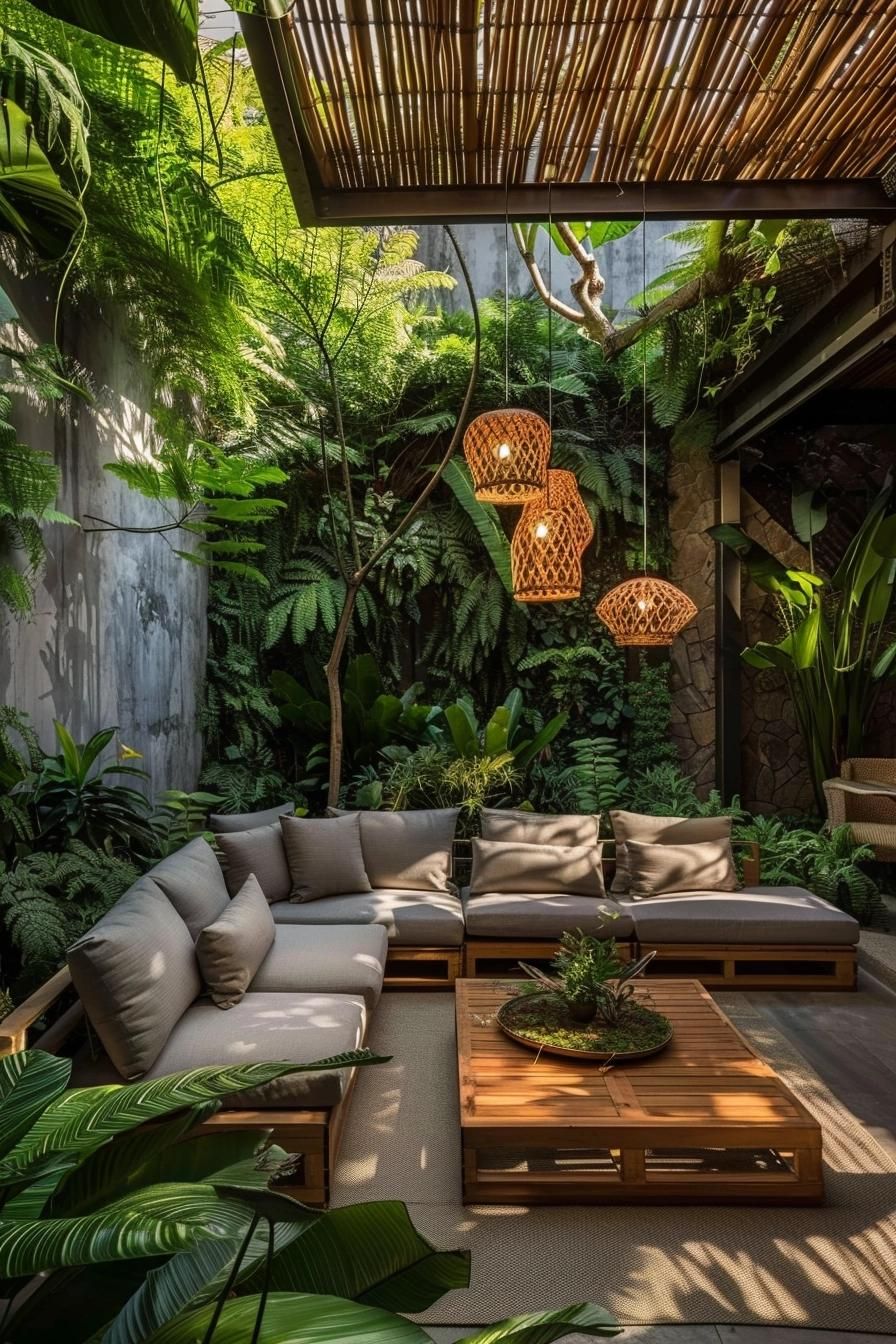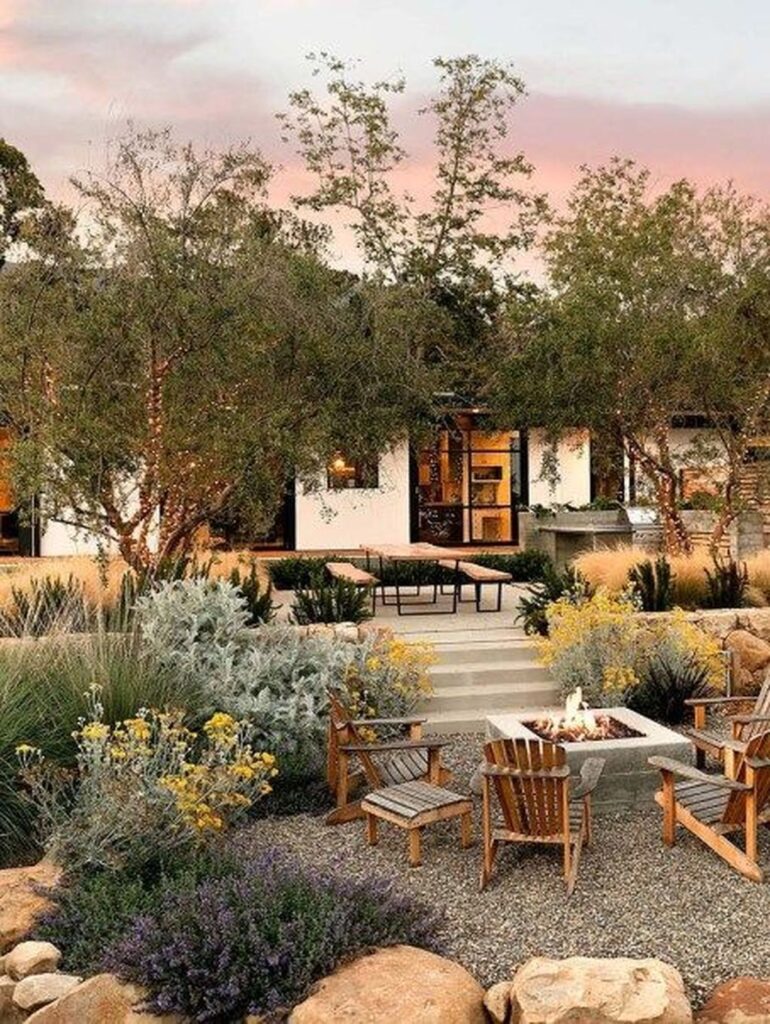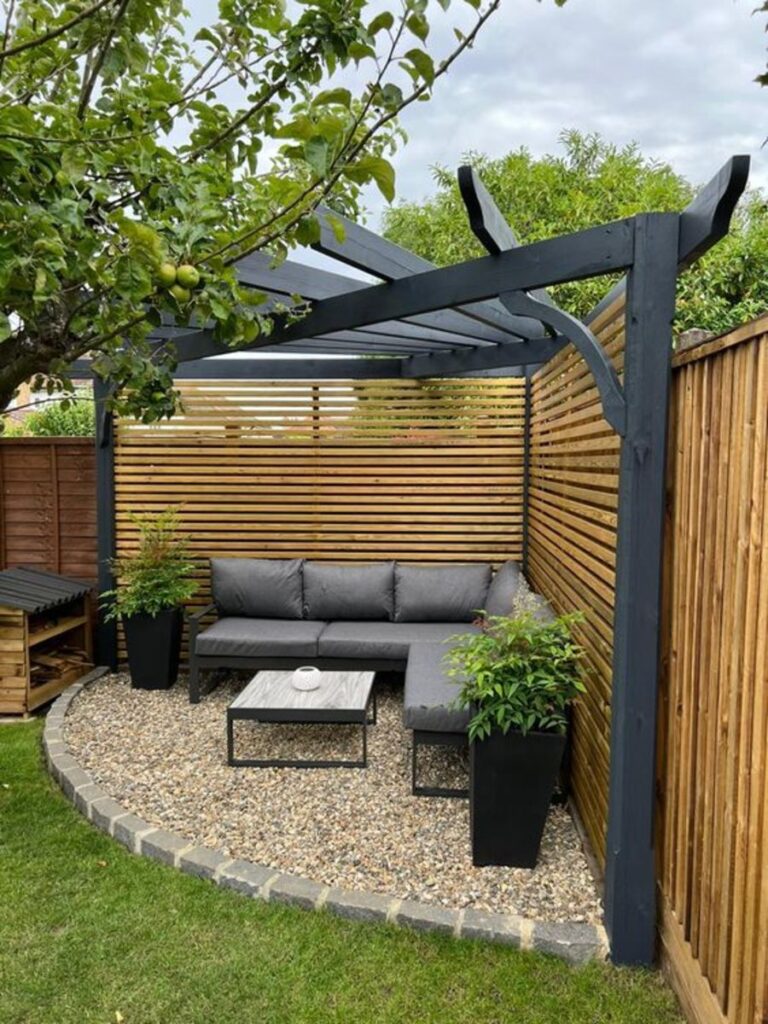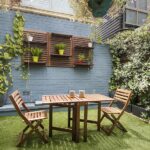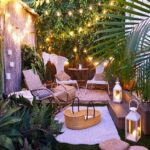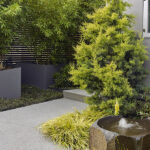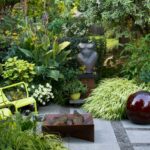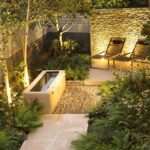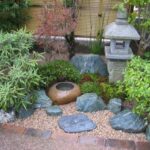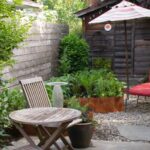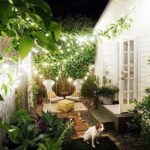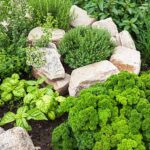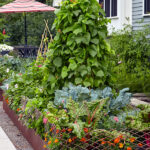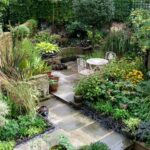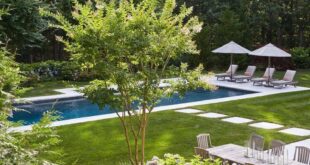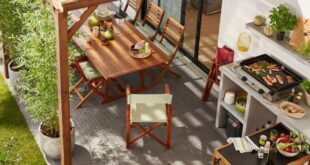Gardens are a wonderful addition to any home, providing a space for relaxation, entertainment, and connecting with nature. However, if you have a limited amount of outdoor space, it can be challenging to create a garden that is both beautiful and functional. Luckily, with some creative planning and design techniques, you can make the most of your small space and create a stunning garden oasis.
One of the key principles of designing a garden for a small space is to maximize vertical space. Utilizing trellises, hanging planters, and vertical gardens can help create a lush and vibrant garden area without taking up valuable square footage. Climbing plants such as ivy, jasmine, and wisteria can be trained to grow up walls or trellises, adding visual interest and creating a cozy, intimate atmosphere.
Another important aspect of small space garden design is creating distinct zones within the space. By dividing the garden into different areas such as a seating area, a dining area, and a planting area, you can maximize functionality and make the most of the available space. Using different materials such as paving stones, gravel, or decking can help delineate these zones and add visual interest to the garden.
When it comes to selecting plants for a small space garden, it’s important to choose plants that are well-suited to the size of the space and the amount of sunlight it receives. Compact varieties of plants such as dwarf shrubs, small trees, and low-growing groundcovers are ideal for small gardens, as they won’t overpower the space or require constant pruning to keep them in check. Additionally, choosing plants that bloom at different times of year can help ensure year-round interest in the garden.
Incorporating elements such as water features, garden art, and decorative containers can help add personality and charm to a small space garden. A small fountain or birdbath can create a focal point and provide a calming, soothing atmosphere, while colorful ceramic pots or unique sculptures can add a pop of color and visual interest. Just be sure not to overcrowd the space with too many decorative elements, as this can make the garden feel cluttered and overwhelming.
Lastly, creating a sense of depth and perspective in a small space garden can help make it feel larger and more inviting. Using techniques such as diagonal lines, gradual changes in plant height, and strategic placement of focal points can help create the illusion of depth and make the garden feel more spacious. Additionally, using mirrors or reflective surfaces can help bounce light around the space and make it feel brighter and more open.
Overall, designing a garden for a small space requires careful planning, creativity, and a thoughtful approach to maximizing the available space. By incorporating vertical elements, creating distinct zones, choosing the right plants, adding decorative elements, and creating a sense of depth and perspective, you can transform even the smallest outdoor space into a beautiful and functional garden oasis.
